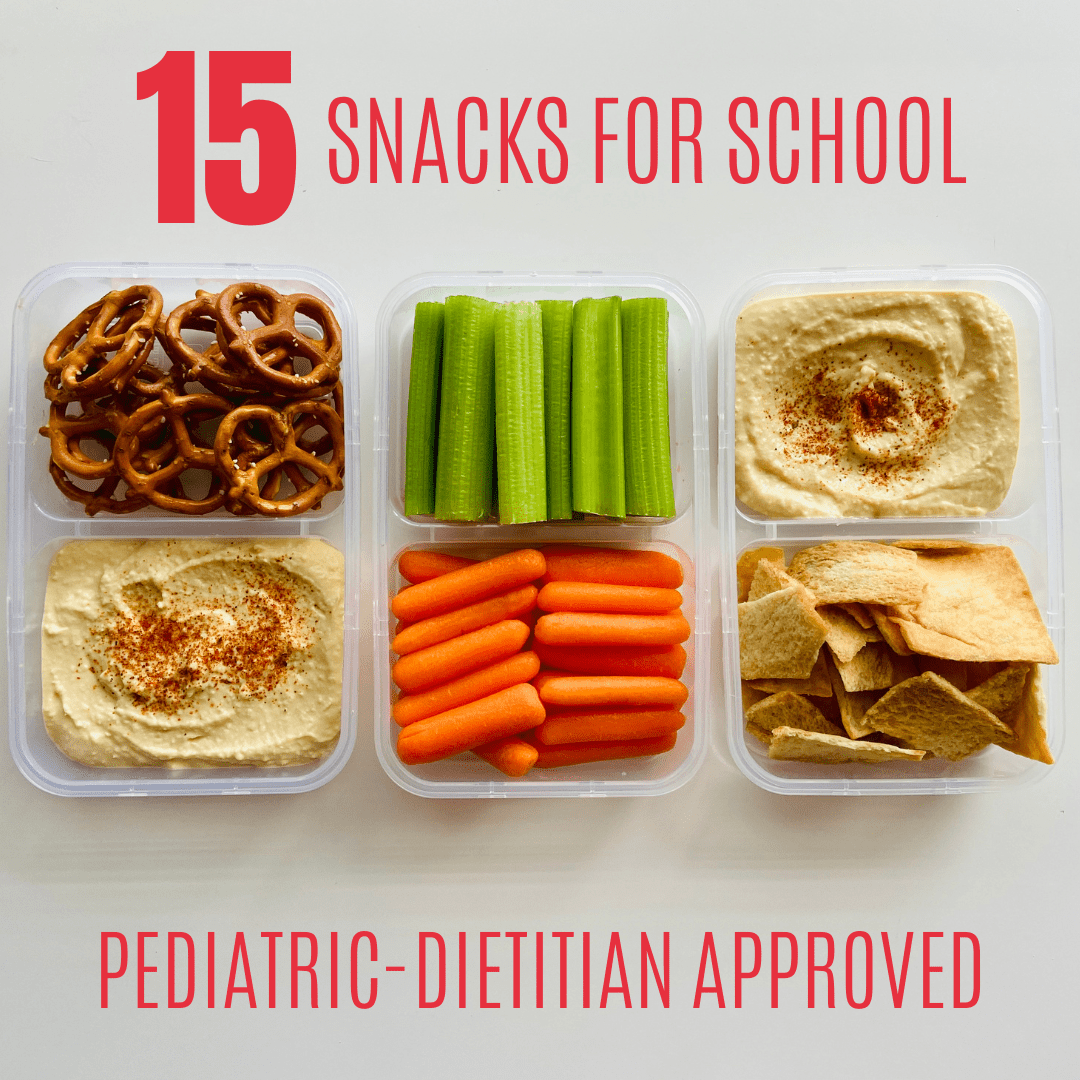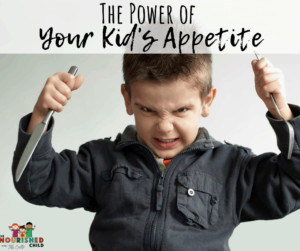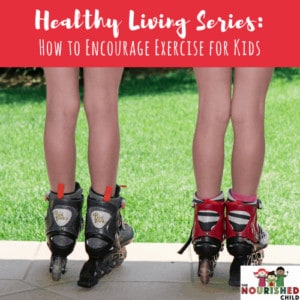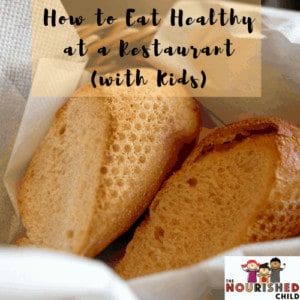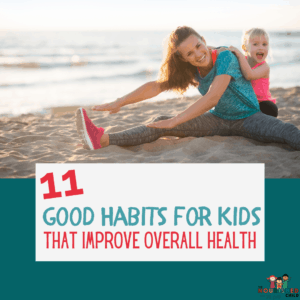Beans: 9 Reasons Every Kid Should Eat Them
April 19, 2023
Learn about beans for kids, including the types of beans that are best for children and how beans can improve their eating and health.
When my kids were very little, at 8 or 9 months old, canned beans were one of the first foods I introduced to them. They were convenient, ready to serve with just a little rinse, and my children could eat one bean at a time by themselves.
Little did they know what a wonderful powerhouse of nutrition they were getting!
If you have a baby, toddler, or teen, beans are an affordable, convenient, and nutrient-packed option to offer them. And they could be living right now in your pantry!
In this article, you’ll learn why beans for kids are so important for their health, some of the different types of beans, where they come from, and why your child should be eating them.
Let’s begin!
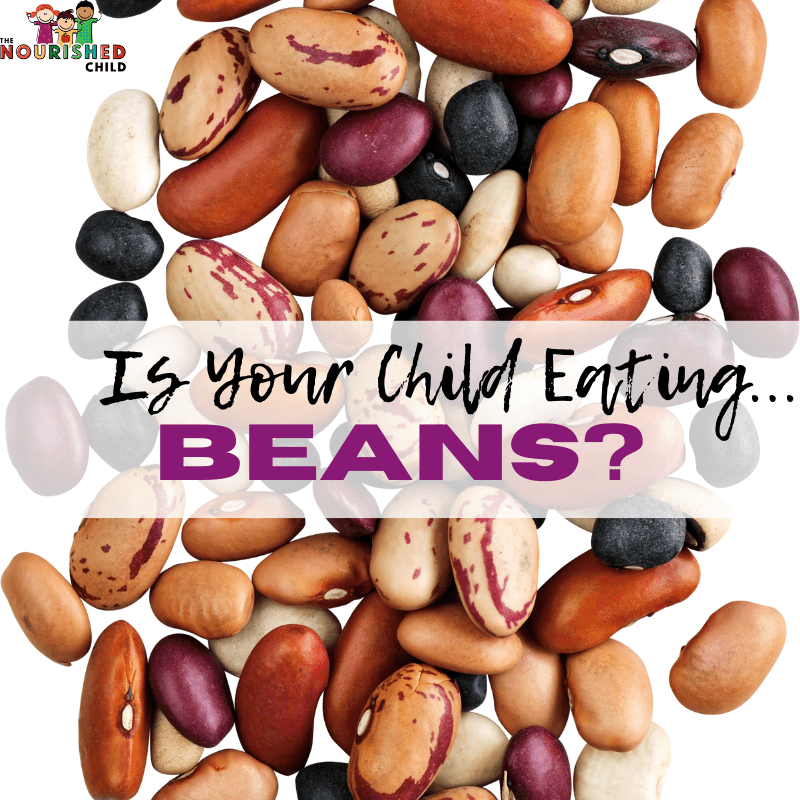
Types of Beans for Kids
There are so many beans available in the marketplace. Whether you choose canned beans or a bag of dried beans, they hold a lot of nutritional benefits for anyone who eats them.
Here are some of the most common types of beans you’ll find in the grocery store:
- Black beans
- Pinto beans
- Cannellini beans
- Kidney beans
- Lima beans
- Garbanzo beans (also known as Chickpeas)
- Soy beans
- Black-eyed peas
- Great Northern beans
- Navy beans
- Edamame (young soybeans)
- Soybeans
Where Do Beans Come From?
Beans grow in pods on vines or on low bushes. Within the pods are the seeds (beans).
They are harvested in the mid-summer to early fall season. When they’re harvested, they are dry and hard. You can purchase dried beans this way – in their natural state.
Dried beans are very affordable (often around a dollar per pound). They need to be soaked in water and cooked to get the tender consistency that’s available from canned beans.
Canned beans have been soaked and are ready to eat right out of the can.
To reduce their sodium content, you can rinse beans in water first before adding them to recipes or offering them to your child.
(One child of mine used to rinse a can of garbanzo beans and eat them as her after-school snack!)
What are the Healthiest Beans for Kids?
I think all beans are healthy!
They’re loaded with nutrients, are convenient, and affordable, and may meet the needs of a variety of cultural preferences.
For instance, black beans are a favorite in Hispanic dishes like beans and rice, burritos, and my personal favorite, a black bean quesadilla.
Pinto beans are also a favorite of Latin cultures and are the main ingredient in refried beans. I enjoy making pinto beans in the slow cooker and serving them as a side dish, as part of a burrito bowl, or on top of a salad.
Cannelloni beans are a favorite of Italian culture. You’ll find them mixed into tomato sauces and soups like minestrone and pasta e fagioli.
Garbanzo beans and the Mediterranean go hand-in-hand. If your child likes hummus, they’re eating beans!
Hummus is a puree of chickpeas with added spices and often a sesame paste called tahini.
Black bean dip is a similar idea – a puree of beans with added spices.
Even babies can have beans! (Check out my baby bean bites recipe!)
The Best Beans for Kids
It’s hard to say which are the best beans for kids because I think all of them are a great addition to a child’s eating pattern.
Whatever your child likes and eats are the best beans for your family.
For my family, chickpeas, pinto, and black beans are served most often, but I’ve used kidney beans in my chili and cannelloni beans in my tomato sauce.
9 Reasons Every Kid Should Eat Beans
There are lots of good reasons to eat beans. Here are the top reasons I am convinced beans should be part of every child’s eating plan:
Beans Offer A Plant-Based Source of Protein
All beans offer a plant-based source of protein. Per cup, cooked beans offer anywhere from 15 to 18 grams of protein. Soybeans offer about 30 grams of protein per cup!
A Steadfast Fiber-Filled Food
Beans are full of fiber. If you’ve got a child who struggles with constipation, beans can help. They’re a natural stool softener!
Per cup, you can count on about 6 to 20 grams of fiber from cooked beans, which makes it easy to match your child’s daily fiber requirement.
A Mega Food for Magnesium
Magnesium helps muscles contract and maintains blood pressure. Beans are a high source of magnesium.
For example, you’ll find about 120 milligrams (mg) of magnesium per cup of cooked black beans, which is a third of the daily needs for an adult and half the needs of a child older than nine years.
Surprising Source of Choline
Choline is mostly found in animal foods like meat and eggs. So, the fact that you can get some from beans is a boon.
Choline is involved in brain functioning and growth, so having yet another option, and a plant-based one is a good thing.
A High Potassium Food
Potassium is a nutrient that some kids aren’t getting enough of, mostly because they aren’t eating fruits and vegetables regularly.
Potassium helps to lower blood pressure, which is a growing problem in children.
Beans are a high potassium food.
Naturally Low in Sodium
In their natural state, beans are a low-sodium food. In the process of canning beans, sodium is added to preserve them and increase time on the shelf. The addition of sodium also enhances their flavor.
But, if you rinse canned beans, you can lower the sodium content by 40 percent.
And of course, if you hydrate beans and slow cook or pressure cook them on your own, you can control how much salt you add to the dish.
Beans are Affordable
Considering their nutrient content, beans are a nutritional bargain. You get a lot of nutrition for your money, especially if you’re watching your budget.
Canned beans are often on sale, too, making it even more sensible to stock up.
I keep bags of dried beans and canned beans in my pantry.
Beans are Accessible
Beans are a staple in the diets of many cultures. Look for them in the vegetable aisle or the ethnic foods aisle of your local grocery store. You may also find them in bodegas and the corner market.
Beans Absorb Other Flavors
Beans have a mild, subtle flavor but they take on the flavors of spices, aromatics, and other ingredients with which you cook them.
For instance, when I make my pinto beans in the crock pot, I only add some salt, black pepper, and red pepper flakes. They turn out so creamy and with just a hint of spice (not too hot or spicy).
If you’re looking to add more beans to your family’s eating pattern (and I think you should!) and would like some recipe inspiration, I suggest you look at canned beans.org, and my favorite slow cooker pinto bean recipe.


